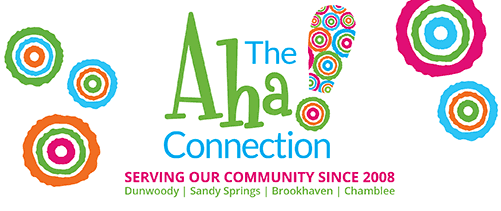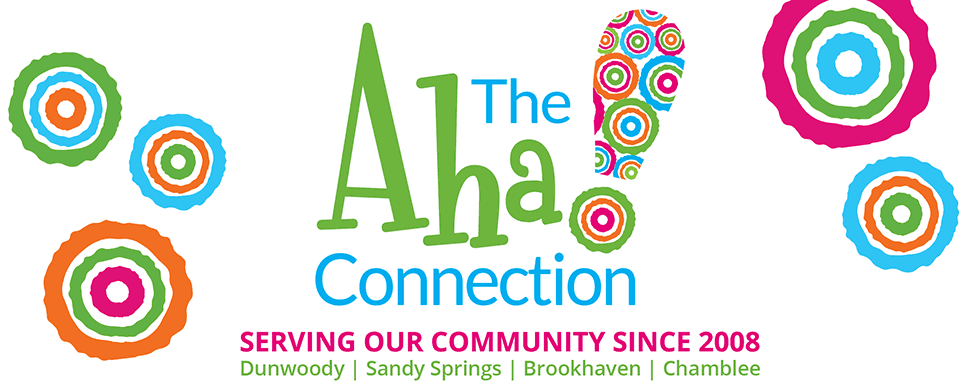 Chesnut Charter Elementary recently hosted its fourth annual Farm to School nutrition lesson: “Tasting a Rainbow of Plants.” All Chesnut classes – from pre-k through 5th grade – participated in the lesson which was co-taught by the school’s P.E. teacher: “Coach” Lonny Dykema, and Angela Renals and Jo Chin, parent volunteers on Chesnut’s popular and productive PTC Wellness Action Team. The health lesson, which included a review of how whole foods help our bodies, a mock trip to the market, plant part identification challenge and a “mini rainbow cup” tasting, was designed to incorporate national K-5 health standards with Chesnut’s focus on knowing where our food comes from. It also reinforced science standards, including plant life cycles. The children were reminded that a regular diet of many-colored whole (unchanged) foods gives our bodies the most super powers that include brain function, immunity, lasting energy and a strong body. To practice this, all the children had a turn grocery shopping, tasked with creating their own rainbow of plants in their shopping baskets. After choosing from popular and less familiar fruits and vegetables arranged in a rainbow on our market table, each group of shoppers then had to match their produce to their plant part poster. Several students were surprised to find that all the market produce was real, and that such a variety exists, while many of the classes exploded into encouragements for their fellow shoppers, “Get something green!” “Grab the mango!” “We already have something yellow!” Once the excitement of the market game had died down, each child received his or her own mini rainbow in a cup: garbanzo bean, pummelo, purple cabbage, lime and pomegranate. During the tasting adventure, the class again identified each item as a plant part, and the children correctly answered questions such as whether purple and green cabbage have the same nutrients (not exactly), and how one knows that (because they are different colors); and why one would choose to eat the skin of a fruit or vegetable when possible (because the color is where the most nutrition is). By a show of hands at the lesson’s close, roughly 60 to 75 percent of the students had tried a new food during the lesson, and almost all students had tried something they enjoyed. Favorites varied by class, but didn’t always fall to a fruit, some classes preferring the garbanzo bean or purple cabbage. Coach Dykema supports this creative approach to the health curriculum. He remarked, “This is our fourth year presenting the Farm to School lesson. Introducing students to healthy foods that may be unfamiliar to them and allowing them to interact with whole foods by holding, smelling, tasting and asking questions never gets old.”
Chesnut Charter Elementary recently hosted its fourth annual Farm to School nutrition lesson: “Tasting a Rainbow of Plants.” All Chesnut classes – from pre-k through 5th grade – participated in the lesson which was co-taught by the school’s P.E. teacher: “Coach” Lonny Dykema, and Angela Renals and Jo Chin, parent volunteers on Chesnut’s popular and productive PTC Wellness Action Team. The health lesson, which included a review of how whole foods help our bodies, a mock trip to the market, plant part identification challenge and a “mini rainbow cup” tasting, was designed to incorporate national K-5 health standards with Chesnut’s focus on knowing where our food comes from. It also reinforced science standards, including plant life cycles. The children were reminded that a regular diet of many-colored whole (unchanged) foods gives our bodies the most super powers that include brain function, immunity, lasting energy and a strong body. To practice this, all the children had a turn grocery shopping, tasked with creating their own rainbow of plants in their shopping baskets. After choosing from popular and less familiar fruits and vegetables arranged in a rainbow on our market table, each group of shoppers then had to match their produce to their plant part poster. Several students were surprised to find that all the market produce was real, and that such a variety exists, while many of the classes exploded into encouragements for their fellow shoppers, “Get something green!” “Grab the mango!” “We already have something yellow!” Once the excitement of the market game had died down, each child received his or her own mini rainbow in a cup: garbanzo bean, pummelo, purple cabbage, lime and pomegranate. During the tasting adventure, the class again identified each item as a plant part, and the children correctly answered questions such as whether purple and green cabbage have the same nutrients (not exactly), and how one knows that (because they are different colors); and why one would choose to eat the skin of a fruit or vegetable when possible (because the color is where the most nutrition is). By a show of hands at the lesson’s close, roughly 60 to 75 percent of the students had tried a new food during the lesson, and almost all students had tried something they enjoyed. Favorites varied by class, but didn’t always fall to a fruit, some classes preferring the garbanzo bean or purple cabbage. Coach Dykema supports this creative approach to the health curriculum. He remarked, “This is our fourth year presenting the Farm to School lesson. Introducing students to healthy foods that may be unfamiliar to them and allowing them to interact with whole foods by holding, smelling, tasting and asking questions never gets old.”













